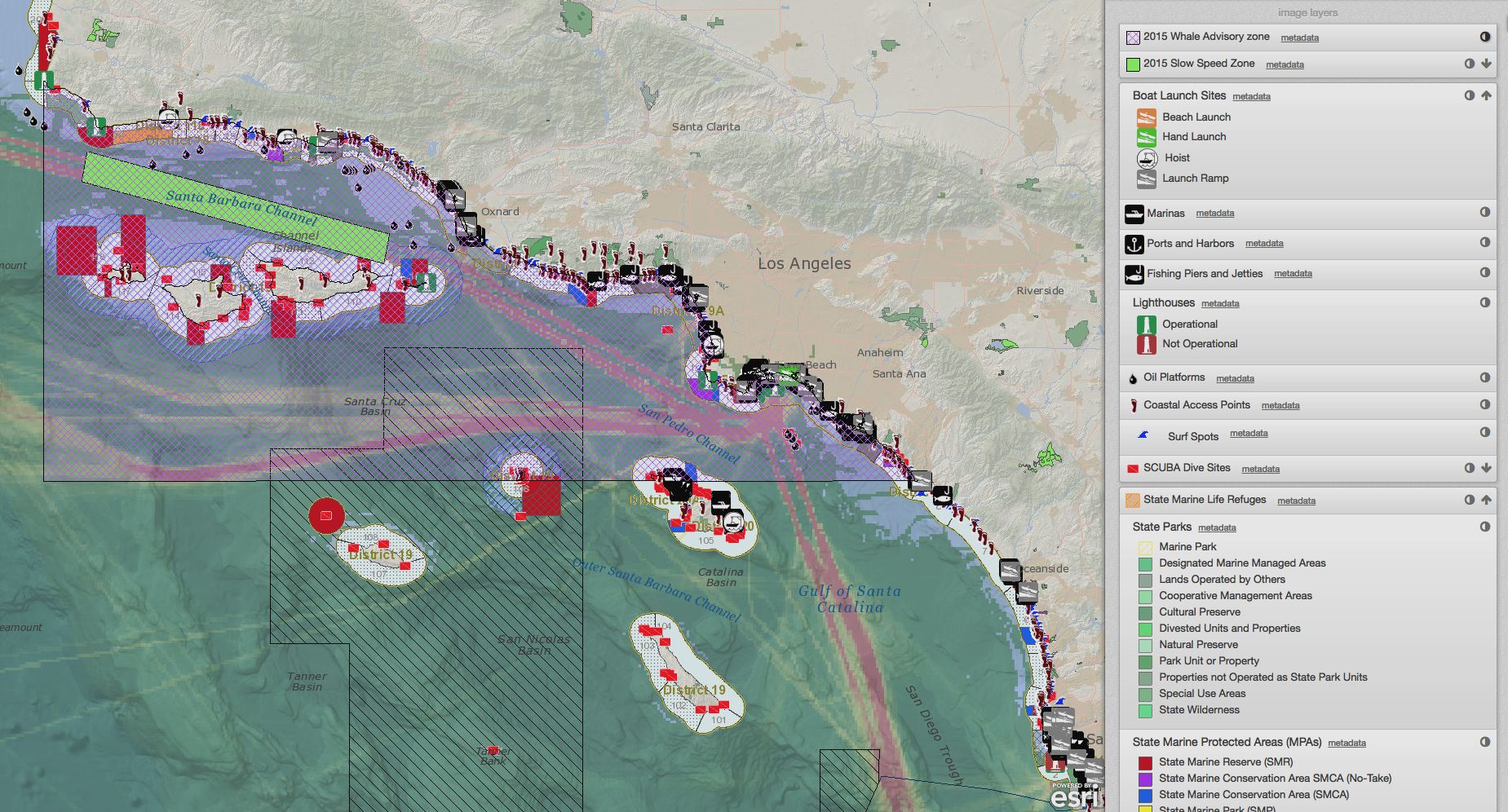Azores Travel Blog: Dr. McClintock Leads Erasmus Mundus Masters Course in MSP
/I spent the first week of May, 2017, in Ponta Delgada on the Island of São Miguel in the Azores. These Portuguese islands begin 850 miles off the mainland in the middle of the Atlantic Ocean and are – to visitors and residents alike – among the most beautiful places on earth. The 16 students in the Erasmus Mundus cohort, from Italy, Brazil, Lebanon, Greece, Trinidad and Tobago, Yemen, Philippines, United States, Ethiopia, Ghana, Costa Rica and Bangladesh, represent the most diverse group I’ve ever worked or studied with. With educational and professional backgrounds ranging from marine biology and oceanography, architecture, planning, geography, these students are completing their first year of a two-year master's program in maritime spatial planning. Helena Colado & Catarina Fonseca led the course, and invited myself, Jacek Zaucha, and Kira Gee as guest lecturers for this segment.
After receiving lectures on lessons learned from MSP in Poland, Germany and the Caribbean, including issues pertaining to stakeholder engagement, incorporating culture values, students spent the majority of the week developing a maritime spatial plan for the islands of São Miguel and Santa Maria. The class was divided into 4 groups of 4-5 students, each with their own SeaSketch project. With an introduction to the survey tools, administrative interface, geodesign and discussion forum features in SeaSketch, students were encouraged to configure their SeaSketch projects to reflect the needs of their specific plan. As the goals and objectives of each plan was fleshed out, students added data from existing map services they discovered from a variety of sources, and created new map services from data derived from shapefiles and rasters. One group devised a survey tool for gathering fishing values data from fishermen.
From the technical perspective, students quickly learned that SeaSketch shines as an easy-to-use method of gathering information from stakeholders, as a collaborative design tool and as a discussion tool during the development of the process itself. Looking through their discussion forums, for example, I could see some groups made good use of the forums as a means of sharing map data and views, and coordinating their efforts to gather information. Several students also discovered that it is not (as some may have assumed) a replacement for a desktop GIS. As future planners, their understanding of geospatial data formats, projections, analysis and cartography will be essential as a technical foundation.
I will be interested to see who takes up SeaSketch to facilitate their work after graduation next year. One student expressed an interest in translating the user interface into Arabic this summer. That gives me hope that SeaSketch will begin to see more use throughout the Middle East.



